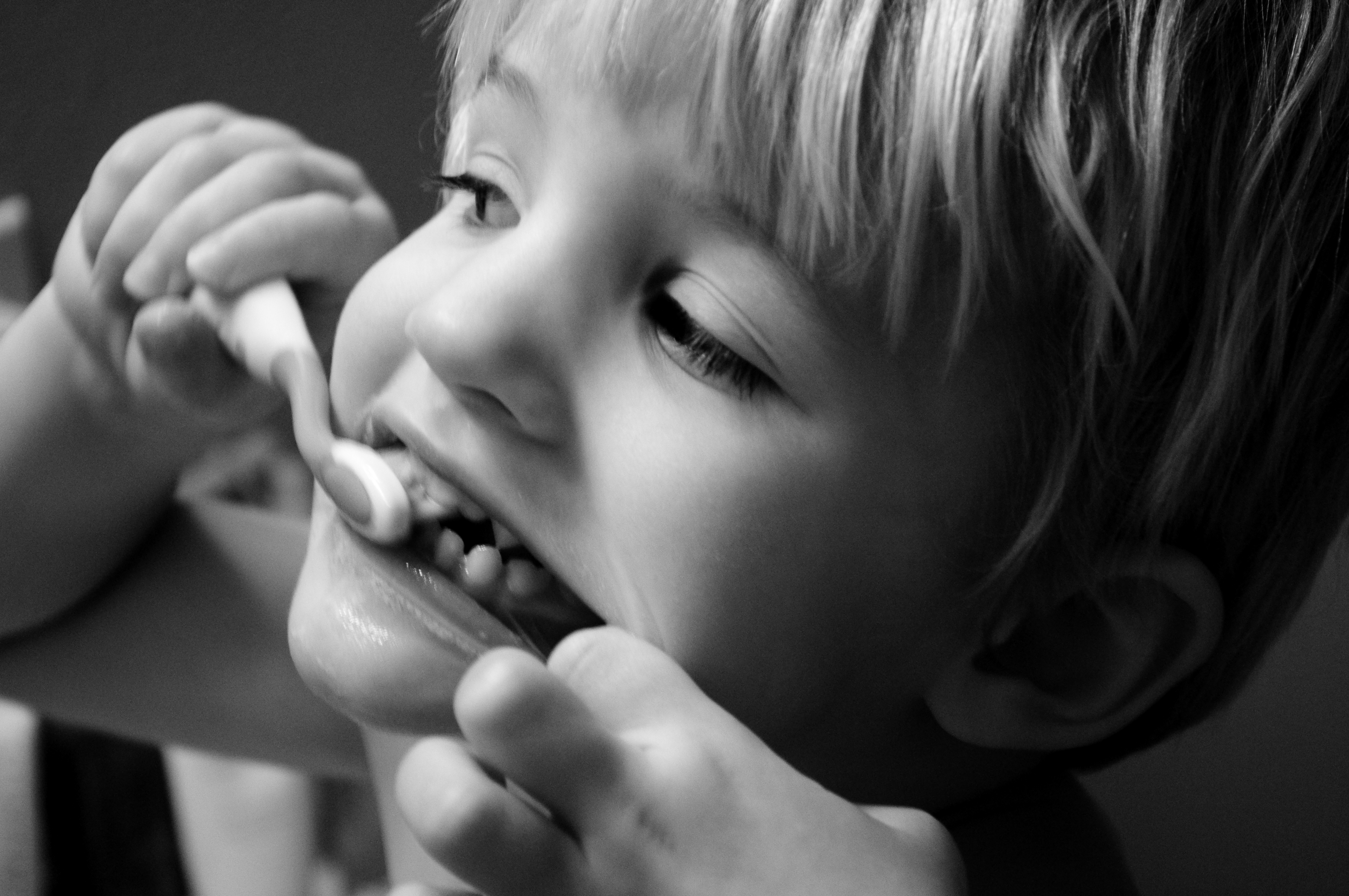When was the last time you lost a tooth? Disregarding accidents and injuries, it is likely that this happened frequently during your childhood. Baby teeth are replaced by permanent teeth by the age of 13 as the natural loss of teeth occurs only during this period of our lives. So what happens when you lose a permanent tooth later on in life? Although there may be many different causes of tooth loss, one thing has been for certain: a permanent tooth can not be regrown once lost. Current solutions to losing teeth include fixed bridges, dentures, and implants. However, none of these solutions can come close to the functionality or convenience of natural teeth. Fortunately, a recent discovery hints at the possibility of regenerating lost teeth.
Image source: Maciej Frolow
Researchers have manipulated teeth germ cells in such a way so as to generate two teeth from cells that otherwise would have matured to just one. The researchers extracted teeth germs–the primitive cells that form a tooth–from mice and split the teeth germs into two. A small area of attachment was left between the two newly formed teeth germs so that the signaling for teeth development could occur in both instead of just one. They worked off of the knowledge that teeth growth is signaled by the Lef1 activator and Ectodin inhibitor. The two teeth germs were able to grow naturally into two teeth and were able to serve the same functionality as other naturally grown teeth once transplanted. However, they ended up smaller in size compared to other teeth. Once transplanted, the teeth could be further manipulated using orthodontic techniques in order to ensure that they fit neatly inside the mouth.
The results of this study aids in permanent teeth regeneration. Issues associated with the method presented include the fact that teeth germs are limited in supply. Also, the the teeth that develop are not of natural size even as they provide the same function. Modifications to this method may fix these issues or an entirely different approach is required, so there is much more research to be done. In any case, the potential to grow new teeth is exciting!
Feature Image Source: teeth by Seth Stoll










